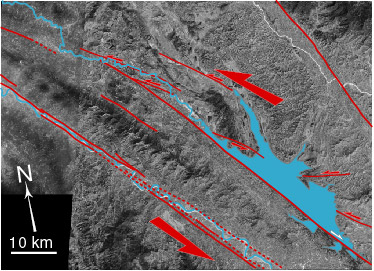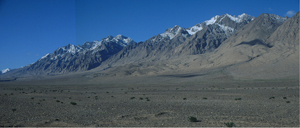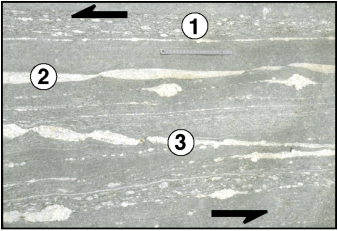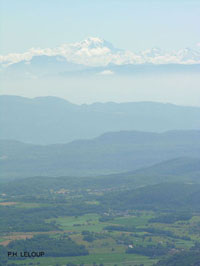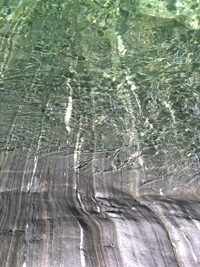Most of my work concerns the lithospheric
deformation during continental collisions. I mainly focussed
on the debate on deformation localisation:
- Is deformation mostly localised along a few great fault zones,
or is it mostly distributed on many small structures?
- Localisation clearly occurs in the upper brittle part of the
crust. Is deformation also localised in the lower ductile crust
and in the upper mantle?
- In other words, should deforming continents be seen as a pack
of rigid blocks floating on a viscous lower crust, or as large
coherent lithospheric blocks?
More than 30 years after the plate tectonics revolution such questions could appear trivial. This is, however not the case mostly because of the difficulty to define what is the relevant time scale.
Sismologic and geodesic studies allow to characterise
precisely active deformations. However, suh observations corespond
to a very short time window: less than 0,001% of the total collision
time span. One may thus wonder of their exact significance.
On the other hand, geological structures correspond to a final
state, often resulting from several deformation phases, difficult
to decipher and further more to quantify.
